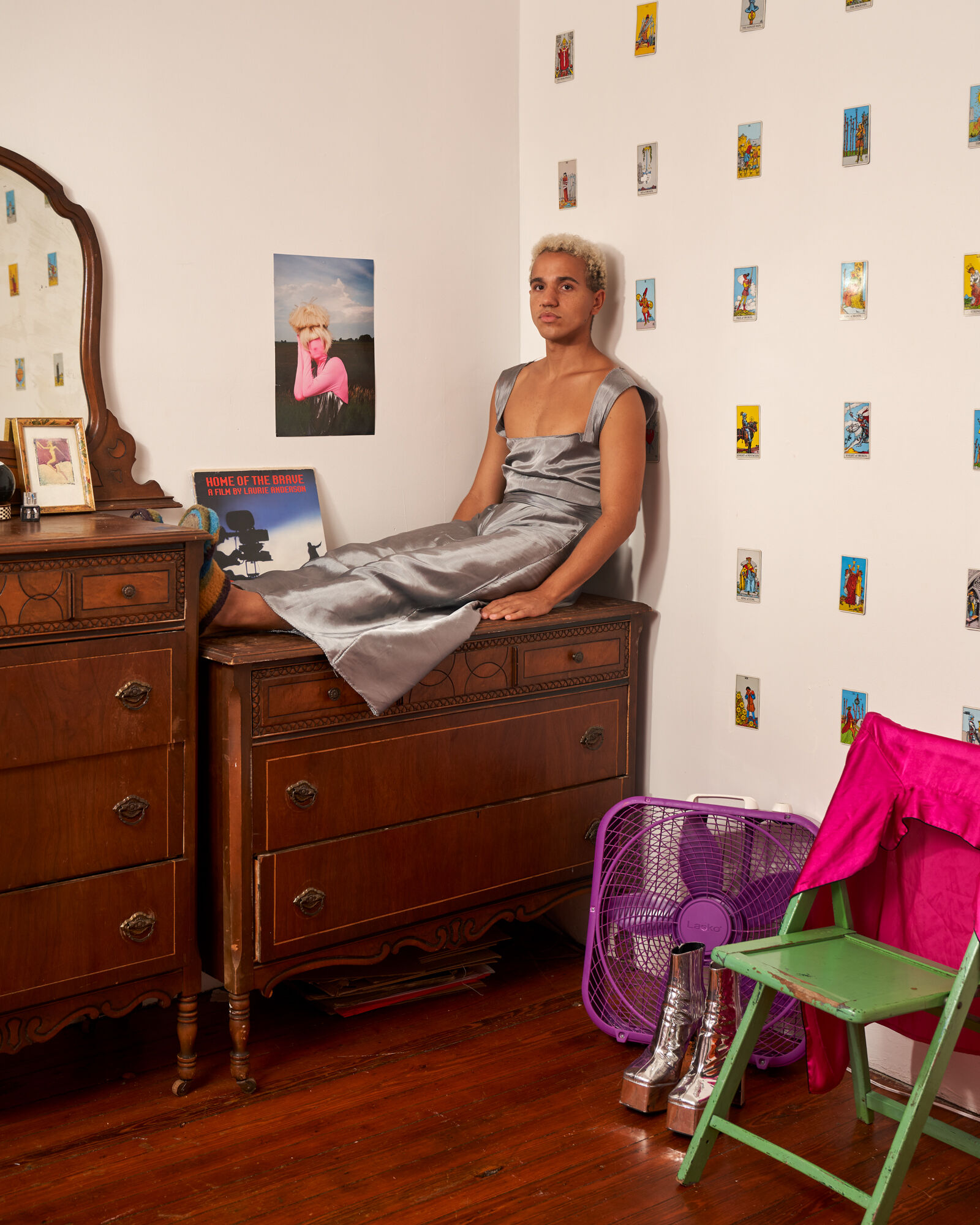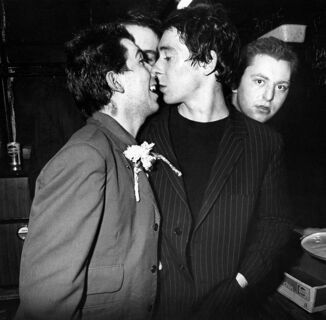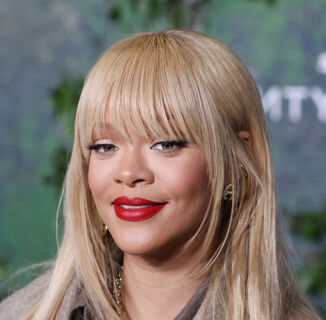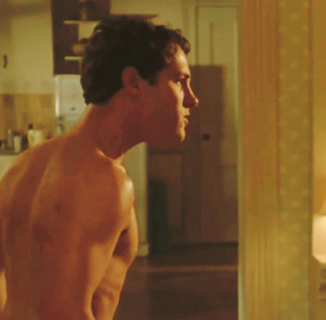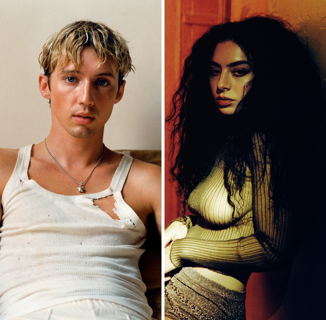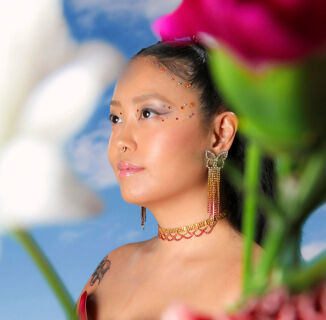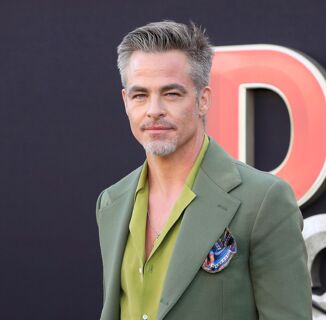Nightlife is a portal. When moving from the outside world into the nightlife space, there’s a transformation that occurs, manifested by its creators and community. For many, that portal allows us to shed some layers of ourselves and try on others. Nightlife is always in flux, just like us humans – and especially us queers. This space helps us move through the journey of ourselves, and exploring queer nightlife has definitely helped move me through mine. It may be cliche and sappy, but as a Cancer, I’m a sucker for those things.
The ideas of flux and transformation are themes I’m always exploring as an artist. I love how spaces and people affect one another, how communities create cultural norms to fit their lives. Queer nightlife is a beautiful example of this. Its spaces hold so many ways for norms and identity to shift and grow. I wanted to wrap my head around queer nightlife’s complexities in my own city of New York and thought the best way to do so would be to go straight to the source, to hear directly from the people who make it happen. Back in 2018, I began to photograph friends and acquaintances who are queer nightlife creators. What emerged in the end, is a celebration of New York’s queer nightlife in all of its messy glory. Over the next few months, I’ll be featuring each subject from this project in their own words, along with a portrait of them at home.

The portraits, for me, are a moment of pause for people who are so often in motion. We see them outside of the club, surrounded by their things, in repose and up close. In their interviews, we hear their queerstories, how they arrived into their scene, where they go out, and what nightlife means to them. Once I began the interviews, participants introduced me to their friends and peers and the project slowly grew. I paused for a while during the pandemic, putting together the content I’d gathered thus far. After this summer in New York of sweaty queer throngs dancing together again, I checked in with those I’d interviewed before, and added a few new folks to the mix too. Moving into fall, somewhere not-quite-post-pandemic, I’m sharing all of their stories as a way to look back as we go forward.
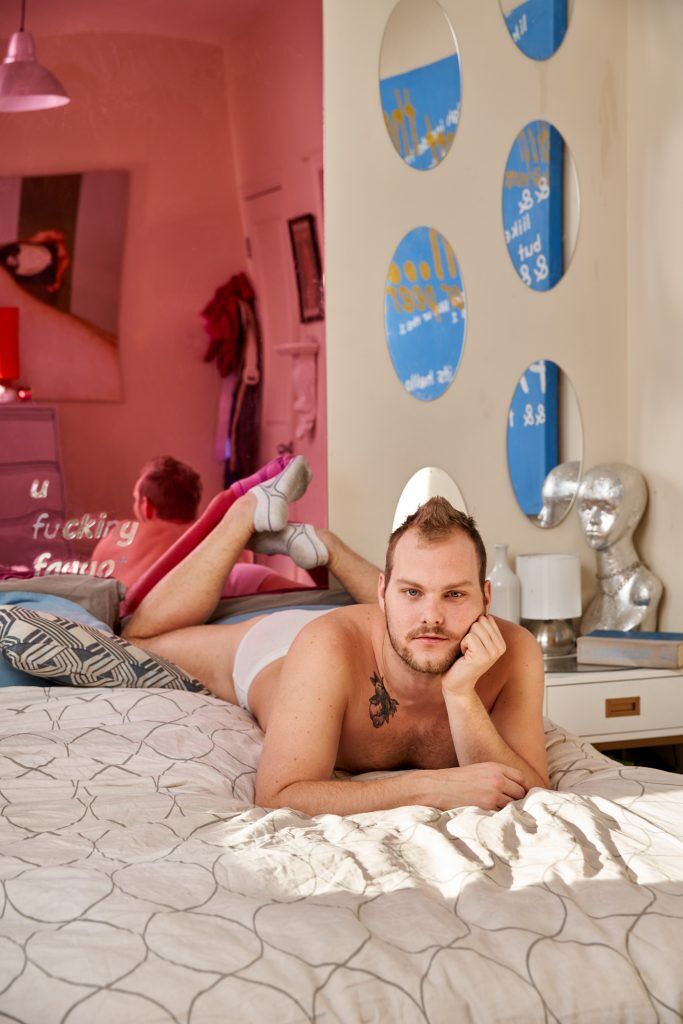
In my interview with the drag artist Paris, they say that in nightlife, “inhibitions are released. In the ‘real world,’ people are much more cautious and careful, and in a party setting, it opens up.” Working on this project has made it clear that queer nightlife releases more than just our inhibitions, it opens us up and connects us to community. If our daily lives can feel mundane under society’s straightness and capitalism, queer nightlife lets us disrupt that and express ourselves. When the pandemic brought uncertainty and distress, nightlife communities brought grounding and resilience. During the groundswell of the Black Lives Matter movement in 2020, queer nightlife communities came together to support social justice through protests and mutual aid, efforts continue and grow today.
Nightlife is always in flux, just like us humans – and especially us queers.
Queer nightlife also acts as a window and a mirror. It lets us see into new worlds while reflecting us back to ourselves and forcing us to contend with our own issues. Many of the stories in this project expand on how going out has helped people find themselves, and how that process often overlaps with discomfort and friction. This is true of my experiences going out, too. In queer spaces, I’ve felt safe to express and explore my body, even as I’ve felt uneasy and insecure in my body too. One of my first times going out to a gay club was at Splash in Manhattan. I was 19 and went with an older gay friend. I remember feeling like a horny teenager in a sea of shirtless male bodies, wanting people to want me. I was insecure about being skinny, and uncomfortable when older men touched me as I walked through the crowd. Power structures like body image, race, and class all come into play in our communities’ nightlife spaces. Over the course of this project, I’ve learned more deeply about how my whiteness takes up space, and how perceived hierarchies of body image create tension. Many of the nightlife creators here talk about their own experiences with positionality in queer nightlife, how that manifests within the parties they put on, and why it’s so important to continuously work on creating safe spaces for marginalized queer communities.
If our daily lives can feel mundane under society’s straightness and capitalism, queer nightlife lets us disrupt that and express ourselves.
What can come out of the discomfort experienced in nightlife, however, are magic, serendipity, community, and joy, and this project celebrates that. I love how nightlife is a collapsing of media where queer expression shines. Theater, performance, music, dance, and visual art all come together. One of my favorite things about going out is seeing and experiencing all of these media become one. Untitled Queen, a drag artist, explained their love of drag by saying: “I’m so interested in this constantly in-flux identity construction and creation, and drag is the epitome of that…it’s not this flat thing…you perform, and then it’s over. It involves a lot of in-between.” Drag, like queer nightlife in general, is a space where we can play with our performance of gender and sexual identity. This idea resonated so much with many of the interviewees’ thoughts on how watching others serve up their full selves inspires them to become more themselves. Whether a party is in a dark warehouse full of boys in black shorts, takes place as a ball, celebrates femme enby fantasy, or is a dyke dance extravaganza, each night’s artistry and possibility allows us to become un-fixed and find something new. Queer nightlife lets us go out to celebrate ourselves, and it gives space to create space, so we can push and cheer on all the other queers around us. I love to go out and fucking dance, that’s where I first entered this project. What came out, is a way to dive into queer nightlife’s layers by seeing and hearing from its amazing creators.♦
Help make sure LGBTQ+ stories are being told...
We can't rely on mainstream media to tell our stories. That's why we don't lock our articles behind a paywall. Will you support our mission with a contribution today?
Cancel anytime · Proudly LGBTQ+ owned and operated
Read More in Entertainment
The Latest on INTO
Subscribe to get a twice-weekly dose of queer news, updates, and insights from the INTO team.
in Your Inbox

